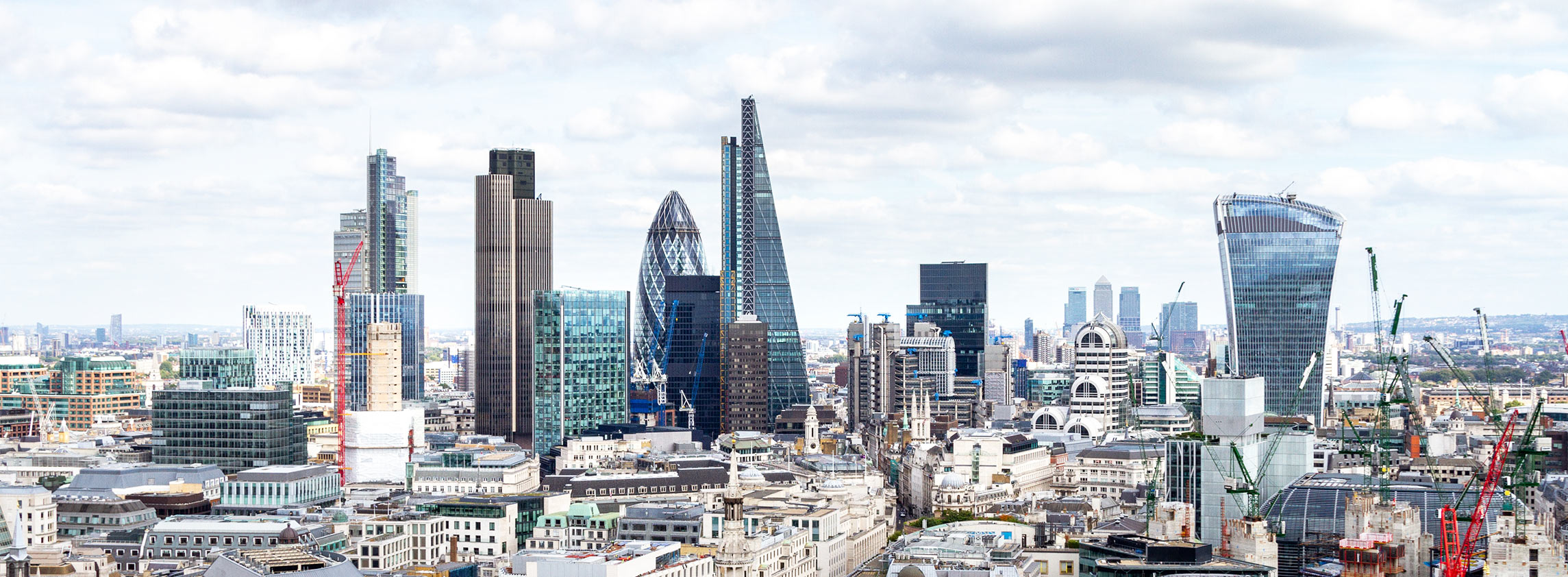Yields (mostly) rise
Most of the commercial property yields rose in September, some by 50 basis points. The High Street Retail yield only saw an upward trend arrow applied last month. The 120 bps increase in gilt yields, during the past two weeks, peaking at 4.5%, has added to uncertainties about where property yields will stabilise and encouraged more investors to ‘wait and see.’ As at early October, the gilt yield fell back to 4%.
At mid-year, the headwinds of recession and inflation were discussed. By early October, these winds were blowing stronger as interest rates and bond yields in the UK remain higher as the Government’s fiscal event spooked the markets and global uncertainty impacts on investor confidence. Those sectors linked to consumers saw yields broadly move 25 basis points higher last month. The South East office sector saw a 50 bps rise as vendors became more willing to reduce pricing and, for industrials, despite the occupational market still performing well, sentiment pushed yields higher.
For companies, there is a mix of sentiment. For larger companies, the past years of below-average capital expenditure has resulted in a lot more cash on the balance sheet, which is good news for the commercial property market as companies look to grow and take market share. However, smaller companies face rising borrowing and energy costs, which will stall the growth of start-ups
Office spatial requirements: increase or decrease?
Following the lockdowns, increasing rise of hybrid working and the notion of the “death of the office”, we have been waiting patiently to build a coherent dataset to understand the attitudes of occupiers to their space requirements in the future, following the peak period of Covid-19. The challenge for occupiers has been to work out whether they need more or less space in their next office acquisition.
One method of measuring this impact is through the analysis of leasing activity to build a comparison of new leases, signed since the end of lockdown, and whether this represents an increase or decrease when compared to the space that was signed before the Covid-19 pandemic. Of course, there may be some occupiers that have disposed of all their space and the -100% figure is not in our data, but here we are showing those companies that want to continue to commit to office space.
With the continuing flight-to-quality in the markets, occupiers taking smaller spaces are willing to pay higher rents for a better office space
Steven Lang, Director, Commercial Research
Across the UK ‘Big 6’ office markets, looking at deals over 10,000 sq ft only in 2021 and H1 2022 produced a net reduction of 8% in space occupied by companies that have moved to new premises within these individual markets. This supports the notion that occupiers are seeking to reduce their office provision to adapt to hybrid working. As shown in the chart below, not all business sectors in the ‘Big 6’ are showing a trend towards office size reductions. Furthermore, with the continuing flight-to-quality in the markets, occupiers taking smaller spaces are willing to pay higher rents for a better office space. As such, the number of transactions over £35 per sq ft increased by 210% in 2021 compared to 2019.
Within the wider UK, Savills has seen a much greater appetite from technology companies to acquire additional office floorspace for their own need during the post-lockdown period. The Savills data shows that technology companies relocating in the ‘Big 6’ increased their total office space occupied by 77% in 2021 and H1 2022 compared to their previous office space commitment.
The rise in Government bonds and wider interest rates inevitably put upward pressure on commercial property yields. However, will the weakening of sterling increase investment volumes? At the time of writing, sterling is 20% lower to the US$, than the start of the year. The past week has raised the attractiveness question of the UK to overseas investors, specifically from the US.
The chart shows the US$/GBP£ and the US property investment trends into the UK. The correlation is, in fact, low and lagging the investment volume by a year still produces a low correlation. Overall, it will increase the attractiveness of UK commercial investment, but the wider economic turmoil, that accompanies a weakening of sterling, does not always outweigh the currency attractiveness. It’s also worth noting that the euro is 27% lower, compared to US$, year to date, and eurozone opportunities will also be more attractive to investors.
